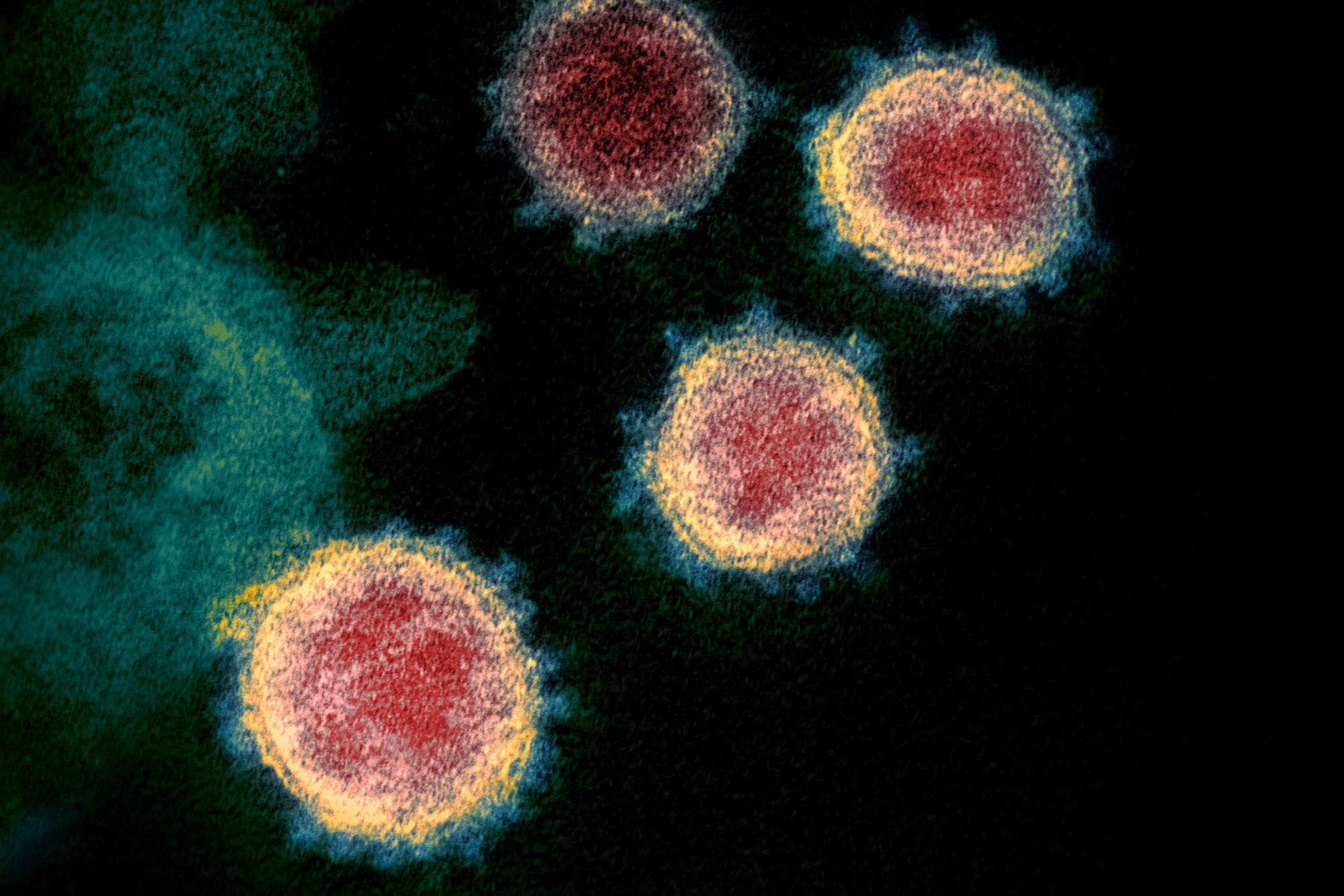

Last week, news broke that Boston University (BU) engineered a strain of COVID in a lab. A preprint of a paper published on October 14 investigated why the COVID-19’s Omicron variant seems to cause less severe disease than the virus’s original strain, hoping to pinpoint which of the viruses components determines its severity.
To do this research, the authors took the gene for Omicron’s spike protein, which is what the virus uses to enter cells in the body, and added this spike protein gene to the genome of what’s called a backbone virus. This hybrid virus is based on an original COVID variant that was identified in Washington state soon after the pandemic first emerged in 2020.
The main focus of the research was to see if the spike protein in Omicron causes less severe disease, with the hope that better COVID-19 diagnostic tests and treatments could be developed. What they found is that the lab-created hybrid virus killed eight of 10 infected mice, while the mice that were infected with natural Omicron got sick but didn’t die.
Despite killing so many of the lab mice, the hybrid virus used in this study was less lethal than the early variant, which was fatal in 100 percent of the mice studied. The authors claim that this suggests the mutations that make Omicron less pathogenic (or infectious) involve changes in some of the virus’ other proteins and not the spike protein. These results are similar to those found in 2021 study from the Food and Drug Administration (FDA) that also created a hybrid of Omicron and an early COVID-19 variant that then resulted in the deaths of most infected mice.
[Related: ‘Stealth Omicron’ is spreading slowly in the US.]
Controversy emerged when a British tabloid claimed that a Boston University’s National Emerging Infectious Diseases Laboratories (NEIDL) “created” a deadly new strain of COVID-19 with an “80 percent kill rate.” The responses were pretty hard to to miss.
Some experts have stepped in with explanations, like when epidemiologist and microbiologist Marc Lipsitch explained, “these are unquestionably gain-of-function experiments,” in a Twitter thread. Ichan School of Medicine microbiologist Florian Krammer wrote, “The point is, somebody did this experiment in controlled conditions and got in trouble for it,” in another explainer thread. Others, were a more pointed. “This is madness,” tweeted physician-scientist Stephen Quay, while neurobiologist Andre Goffinet called it, “totally irresponsible.”
Critics of the study questioned the both ethics and scientific value of creating more deadly pathogens, also calling into question the funding provided by the National Institute of Allergy and Infectious Diseases (NIAID). Any proposal to conduct an experiment funded with federal dollars that is “reasonably anticipated” to result in the creation of a more transmissible or deadly version of a dangerous virus, but undergo a special review.
In a statement, BU said that the research was reviewed and approved by the Institutional Biosafety Committee (IBC), which consists of scientists as well as local community members, and that the Boston Public Health Commission had approved the research.
“They’ve sensationalized the message, they misrepresent the study and its goals in its entirety,” Ronald B. Corley, NEIDL director and BU Chobanian & Avedisian School of Medicine chair of microbiology, said in the statement. “First, this research is not gain-of-function research, meaning it did not amplify the Washington state SARS-CoV-2 virus strain or make it more dangerous. In fact, this research made the virus replicate less dangerous.”
Gain-of-function research (GOF) is a type of research in virology that aims to understand how a pathogen adapts to environmental pressures. Due to the danger of creating more deadly viruses, it is highly regulated and often debated among scientists.
[Related: We’re just beginning to understand how our genes and COVID-19 mix.]
The BU team also came under fire for allegedly not consulting with NIAD on the creation of this hybrid virus. Emily Erbelding, director of NIAID’s division of microbiology and infectious diseases, told STAT the original grant application did not make it clear that the team wanted to do this precise work or that they were going to preform experiments that might involve “enhancing a pathogen of pandemic potential in the progress reports it provided to NIAID.”
BU stresses that it has complied with all current regulations.
“Before anything is done in the NEIDL, it goes through multiple layers of careful safety review and this is done through committees that are part of Boston University and also committees that are outside of, independent of, BU, such as the Boston Public Health Commission,” Robert Davey, a BU professor of microbiology, said in a statement. “We get a completely independent look at anything that’s about to be done. Only after all that is approved and double-checked are you then allowed to proceed with the work. And that work only occurs with the oversight of the environmental health and safety group at BU.”
It also stressed that the work was was conducted in the lab’s biosafety-level 3 facilities. All work is conducted within a biosafety cabinet, all floors in the building are sealed, and the building has filtration and decontamination technology.
This controversy will likely add to the ongoing debate on conducting and regulating risky GOF research, as well as the lack of clarity within regulations. Last month, the National Science Advisory Board for Biosecurity (NSABB) task force issued a draft report that recommended that some pathogens and types of research that are now exempt be included in new reviews.
